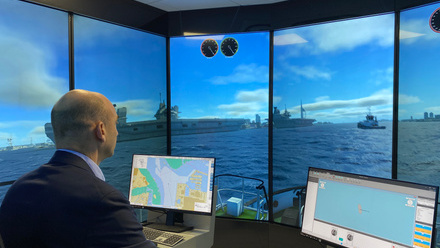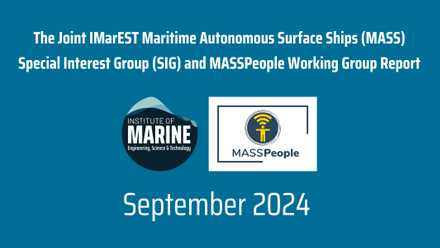Aerodynamics at heart of rapid vessel decarbonisation
Wind-assisted propulsion is growing in popularity among large shipping companies.
It has been quite the year for shipping’s wind-assisted propulsion system (WAPS) revolution. Almost midway through the Decade of Wind Propulsion, a declaration of intent by over 150 leading companies and experts to deliver on the potential of the technology, the order books are filling up as shipowners seek to rapidly decarbonise their fleets.
According to the Decade of Wind Propulsion website, “EU research has forecast that up to 10,700 wind propulsion installations could be in place by 2030 covering 50% of the bulker market and up to 65% of tankers.” And while there are several types of WAPS technology, including rigid sails, kite sails and Flettner rotors, analysts suggest suction sails will dominate the order books.
It's certainly been quite the year for leading suction sail developer bound4blue, which can boast an order book brimming with wins from Klaveness Combination Carriers, Eastern Pacific Shipping, Odfjell, Marflet Marine, Amasus, and Louis Dreyfus Company. In November, it landed its largest contract win to date with a deal to supply 20 of its eSAIL® suction sails to shipping giant Maersk Tankers.
The sails will be installed on five vessels - Maersk Tacoma, Maersk Tampa, Maersk Tangier, Maersk Teesport, and Maersk Tokyo - in 2025 and 2026 and are expected to deliver double-digit percentage reductions in fuel consumption and CO2 emissions per vessel, which will be key as the shipping giant strives to comply with the CII and FuelEU regulations. This is something alternative fuels with high costs and limited availability have yet to achieve sustainably.
“Wind, by contrast, is an infinite, free energy source that provides a viable, long-term solution,” says Alberto Llopis, Head of Aerodynamics at bound4blue.
Aerodynamics key to success
The autonomous sails work by dragging air across an aerodynamic surface to generate lift and exceptional propulsive efficiency, reducing fuel consumption, OPEX (operating expense) and emissions. With low weight, few moving parts and low maintenance requirements, the technology works across a broad spectrum of vessels and can be retrofitted or incorporated into newbuild designs.
As yet there’s more activity on the retrofit adoption of the sails, although Llopis says both segments are growing.
“Currently, retrofits lead in adoption as vessels need to meet emissions regulations immediately,” he states. “However, there is a rising trend in incorporating wind-assisted propulsion in newbuilds, especially as these vessels will operate longer and need to meet stricter standards over their lifetimes.”
The main challenges are initial investment costs and the relatively new status of the technology. Mainstream industry adoption will require collaboration among stakeholders to standardise installations, reduce costs, and align on regulatory requirements.
Importantly, the technology is still evolving, with plenty of scope for further performance gains. The first suction sail was developed in the 1980s by the Cousteau Foundation, and while a system was successfully tailored for the Calypso II research vessel, it was never commercialised. Bound4blue has proven the technology works on commercial ocean-going ships and is now seeking to deliver further propulsion gains.
“Aerodynamically speaking, the suction sail is the least researched solution compared to other solutions,” Llopis explains. “This means there is more opportunity to improve the performance. A clear example of this is that [our sail] offers 20% more lift for the same power than the TurboVoile, the original suction sail developed by Cousteau.”
Llopis says the aerodynamics team has a “very long list” of ideas that they are working though to improve performances, ranging from R&D (research and development) activities to consolidation and validation of the tools developed.
One of the main challenges is striking the right balance between aerodynamic performance and the customer’s return on investment. “This means mechanical design and manufacturing must be included in the aerodynamic development,” Llopis concludes, pointing out that this is a multi-disciplined field. “The best performance will be one where aerodynamic, mechanical, manufacturing, control and vessel performance are all working together to maximise fuel savings.”
With regulators ratcheting up the pressure on emissions performance, wind-assist propulsion looks set to play a growing and important role in the industry’s voyage to a net zero future.
Image: bound4blue suction sails fitted on cargo ship Eems Traveller; credit: bound4blue.
Tell us what you think about this article by joining the discussion on IMarEST Connect.






